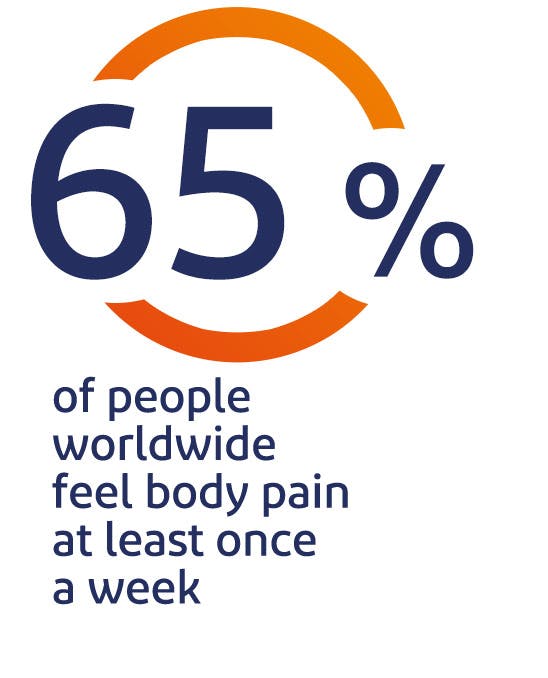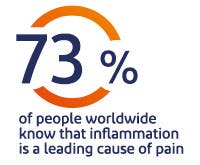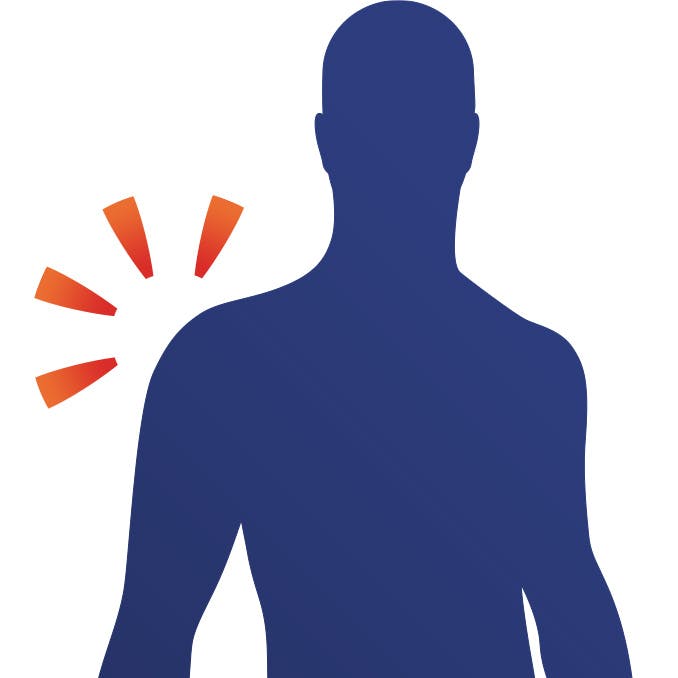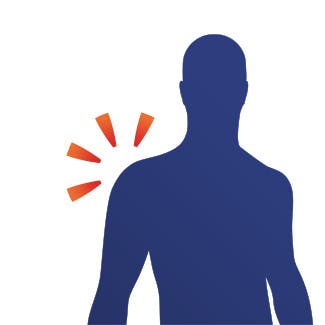Learn more about the different types of pain you might experience and discover what lies behind the pain we feel.
What is pain?
Pain is an unpleasant sensation ranging from mild to unbearable. It occurs when something external, for example temperature or physical pressure, damages tissue and triggers our sensory nerves within the body. Pain is mediated by the nervous system and is a complex phenomenon. In conditions like mild osteoarthritis, sprains or strains, the joint or the surrounding muscles can become inflamed or swollen, which can cause pain. This is part of the body’s defense mechanism. Modern medicines help to control these symptoms.
What is an analgesic?
Analgesic is the medical term for a pain reliever which is a drug that can relieve pain. Paracetamol works ‘centrally’ in the parts of the brain where pain is perceived. They do not provide relief from inflammation or swelling; NSAIDs (Non-steroidal anti-inflammatory drugs) including diclofenac, ibuprofen and aspirin help stop pain by inhibiting the production of prostaglandins which activate pain receptors that send “pain” signals via nerves in our spinal cord to our brain.
Some anaglesics work by desensitising local nerve endings (for example, in a painful joint). They reduce inflammation or swelling which is the source of pain. The Voltarol range of products belongs to the NSAID group of analgesics.
What else can I do about my pain?

Depending on the type of pain you are suffering, you can take specific actions to help speed up your recovery time or decrease the impact it has on your wellness.
Good nutrition, appropriate application of cold or warmth to the painful area, resting in some cases, or mild exercise in some others, are well-accepted supportive measures to recover or increase your health. In the days after an injury, you may also find it useful to follow the PRICE emergency plan:
- PROTECT the area from further damage – e.g. stop the activity you were doing
- REST the area over the next 3-5 days depending on how quickly the area recovers
- ICE the area frequently to prevent excessive swelling and further tissue damage
- COMPRESS the area using stretchy bandage or tubigrip
- ELEVATE the area whenever possible as this helps reduce the swelling Remember you can consult your health care professional if you need further information.
Learn more
All you need to know about pain relief
Here we explain how different types of pain relief products work, to help you choose the best one for your pain.
read moreWhat is inflammation?
Learn all about the processes that cause inflammation, why it happens and how it can make our bodies feel.
read more















